The Wainwright Building: A Triumph Of Architectural Innovation By Louis Sullivan
- 25 Dec 2023
- By Paras Gandhi
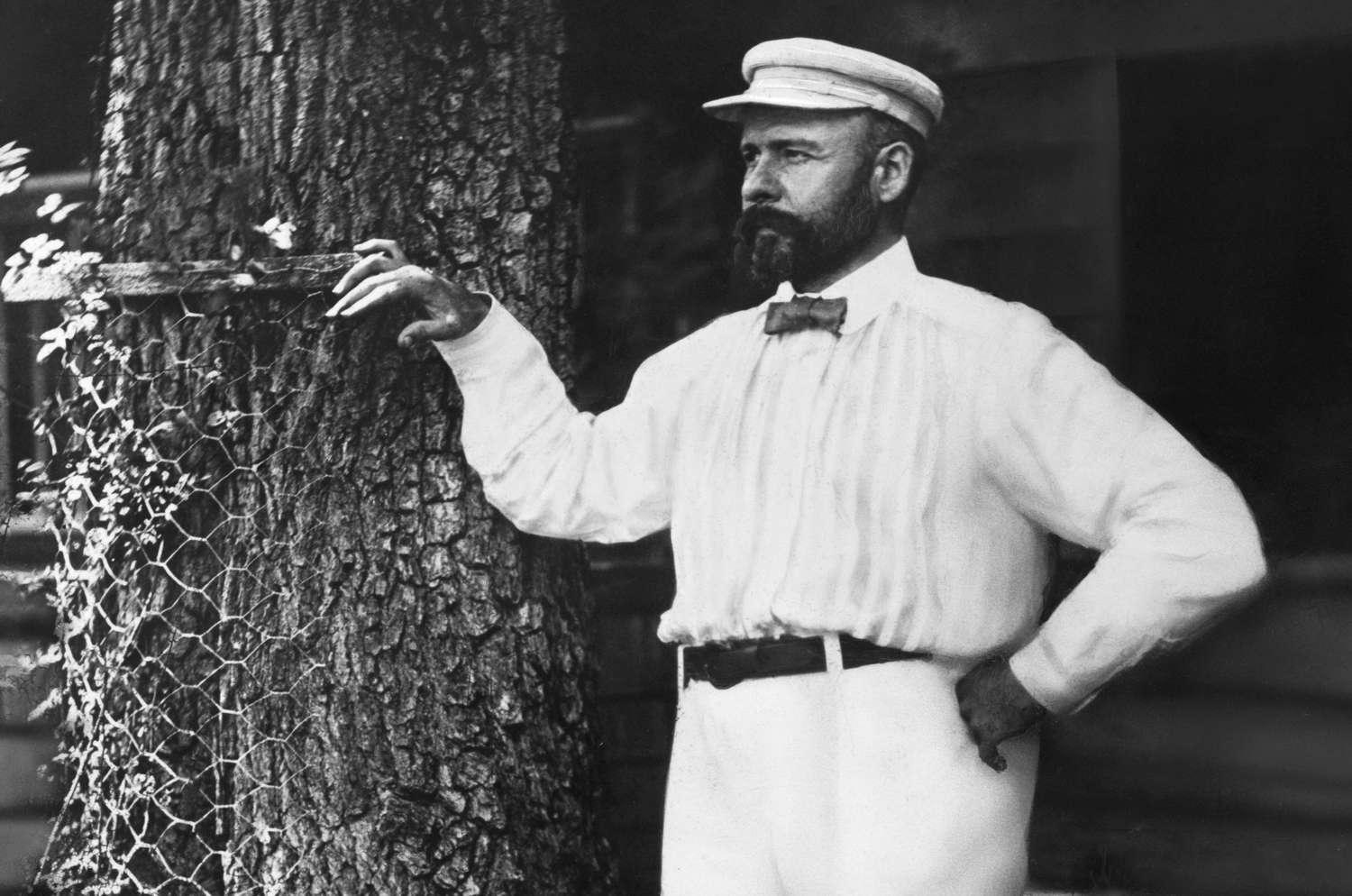
Louis Sullivan, a visionary American architect of the late 19th and early 20th centuries, is celebrated as a pioneer of modern skyscraper design and a leading figure in the development of the Chicago School of architecture. Known for his famous adage "form follows function," Sullivan's innovative designs and ornate decorative details left an indelible mark on the architectural landscape of his era.
Here are three of Louis Sullivan's most renowned architectural works:
1. Wainwright Building (St. Louis, Missouri)
Often considered one of the first true skyscrapers, the Wainwright Building, completed in 1891, showcases Sullivan's signature use of intricate terra cotta ornamentation and vertical emphasis in its design.
2. Carson, Pirie, Scott and Company Building (Chicago, Illinois)
This Chicago landmark, constructed in 1899, is celebrated for its striking ironwork and decorative elements. It exemplifies Sullivan's innovative approach to retail store architecture.
3. Guaranty Building (Buffalo, New York)
Built in 1895, the Guaranty Building is a masterpiece of Sullivan's work, known for its stunning terra cotta detailing and pioneering use of steel framing, which allowed for its distinctive vertical design.
These buildings reflect Louis Sullivan's progressive architectural ideas and his significant impact on the development of modern skyscraper design.
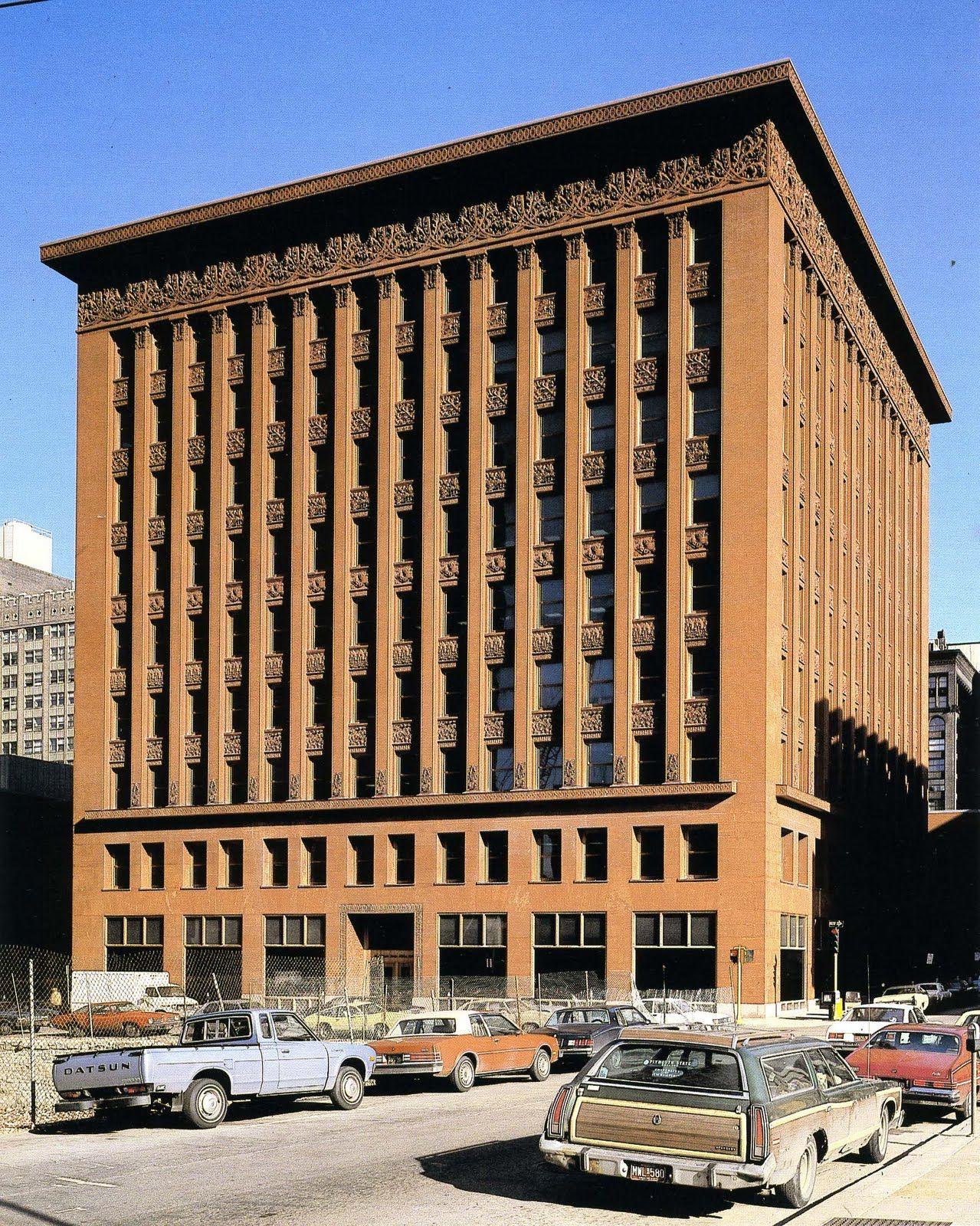
The Wainwright Building:
The Wainwright Building, situated in St. Louis, Missouri, stands as an enduring testament to the genius of one of America's most celebrated architects, Louis Sullivan. This iconic structure, completed in 1891, holds the distinction of being one of the first skyscrapers in the world. Its remarkable design, characterized by Sullivan's signature use of terra cotta ornamentation and a distinct vertical emphasis, continues to captivate admirers of architecture and design. In this exploration, we delve into the fascinating history and architectural significance of the Wainwright Building, shedding light on how Louis Sullivan's visionary approach to architecture left an indelible mark on the urban landscape.
The Louis Sullivan: The Architectural Visionary
Louis Henry Sullivan (1856-1924) was a pioneering figure in American architecture, best known for his innovative contributions to the development of modern skyscrapers and his advocacy of the design principle "form follows function." Sullivan's career unfolded during a period of rapid urbanization and technological advancement in the late 19th and early 20th centuries. He was a key figure in the Chicago School of architecture, a movement that redefined the aesthetics and functionality of tall buildings.
The Emergence of Skyscrapers
The late 19th century witnessed a shift in the urban landscape of American cities, with the demand for office and commercial spaces reaching new heights. As the need for vertical development grew, architects like Louis Sullivan were tasked with reimagining the design of buildings. This era laid the groundwork for the emergence of skyscrapers, which sought to maximize space and efficiency while still adhering to principles of art and aesthetics.
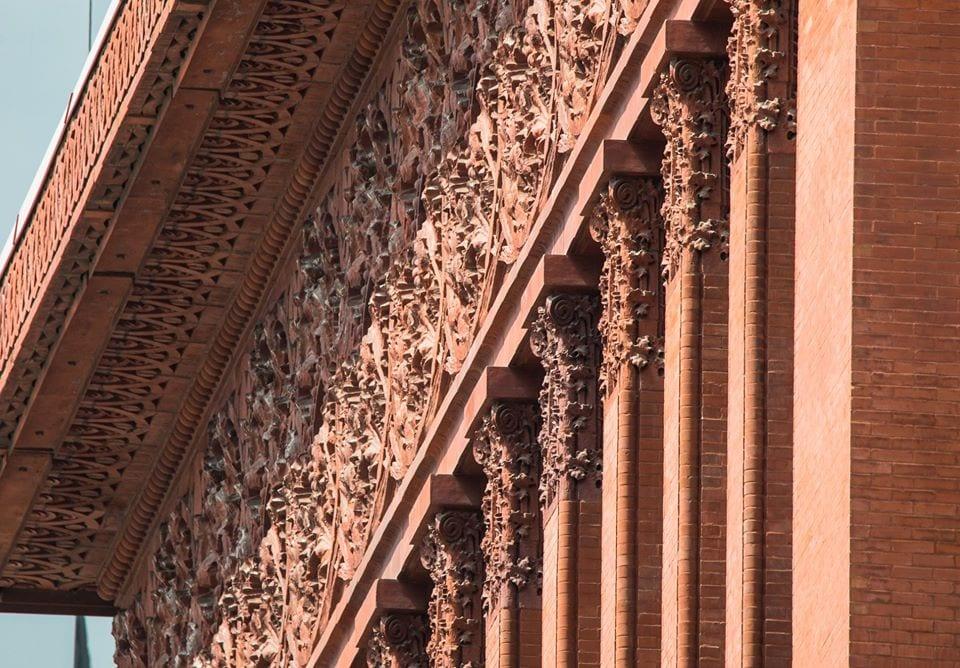
The Wainwright Building: A Landmark of Innovation
The Wainwright Building was commissioned by Ellis Wainwright, a prominent St. Louis brewer, and completed in 1891. It marked a significant departure from the prevailing architectural norms of the time, setting a new standard for skyscraper design. Louis Sullivan, with his unique vision, was the ideal architect to bring this groundbreaking project to life.
Terra Cotta Ornamentation
One of the defining features of the Wainwright Building is the extensive use of terra cotta ornamentation. Sullivan was a master of this decorative medium, and he used it to great effect in his designs. Terra cotta, a fired clay product, offered architects a versatile canvas for intricate and expressive ornamentation. In the case of the Wainwright Building, it was not merely a decorative afterthought but an integral part of the building's design.
The terra cotta ornamentation on the Wainwright Building is a visual feast for admirers of architectural detail. Elaborate floral and geometric motifs adorn the façade, emphasizing the building's verticality and creating a striking contrast to the building's reddish-brown brick exterior. These intricate details are a testament to Sullivan's belief that "ornament in architecture should be secondary to the mass of the building."
Vertical Emphasis
Sullivan's commitment to the vertical nature of skyscrapers is clearly demonstrated in the design of the Wainwright Building. He rejected the traditional horizontal layering seen in earlier buildings and, instead, celebrated the soaring verticality of this new architectural form.
The Wainwright Building rises to ten stories, and Sullivan used a tripartite division in its vertical design. The base, which comprises the lower three stories, is emphasized with a robust and imposing presence. The middle section, from the fourth to the seventh floor, is more reserved in ornamentation but maintains the overall vertical rhythm. The upper three stories, marked by a distinctive arcade, provide a crowning glory to this architectural masterpiece.
Sullivan's vertical emphasis is also reflected in the building's windows. The windows on the upper floors are elongated and feature thin mullions, drawing the viewer's gaze upwards. This design choice not only enhanced the building's aesthetic appeal but also allowed for increased natural light and ventilation, addressing the practical needs of its occupants.
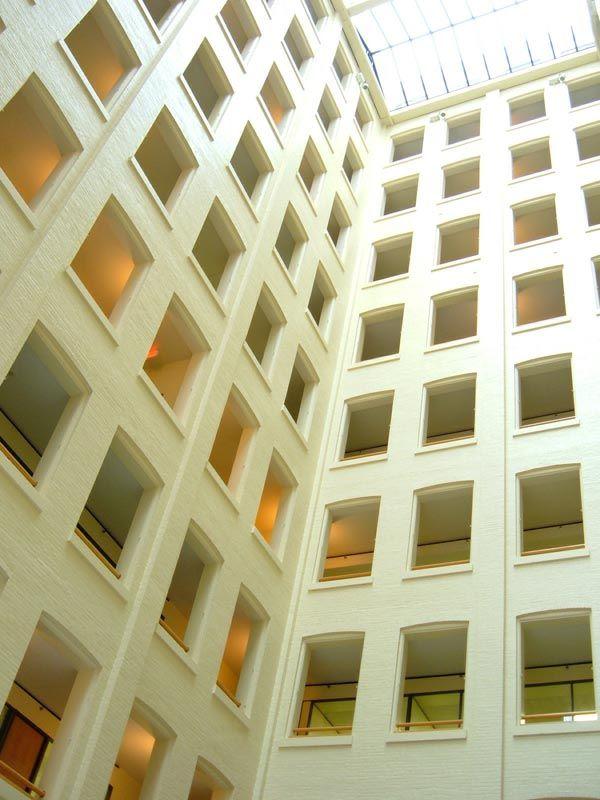
Form Follows Function
Louis Sullivan's famous architectural credo, "form follows function," is vividly demonstrated in the Wainwright Building. This principle, which Sullivan considered the "rational soul" of architecture, posits that the design of a building should be determined by its purpose and function.
In the case of the Wainwright Building, its purpose as an office space for businesses and professionals dictated its form. The design of the building maximized usable interior space, accommodating the needs of the growing number of tenants who sought modern, efficient office environments in the heart of St. Louis. The efficient use of space and materials, combined with the vertical emphasis, made the Wainwright Building a trailblazer in early skyscraper design.
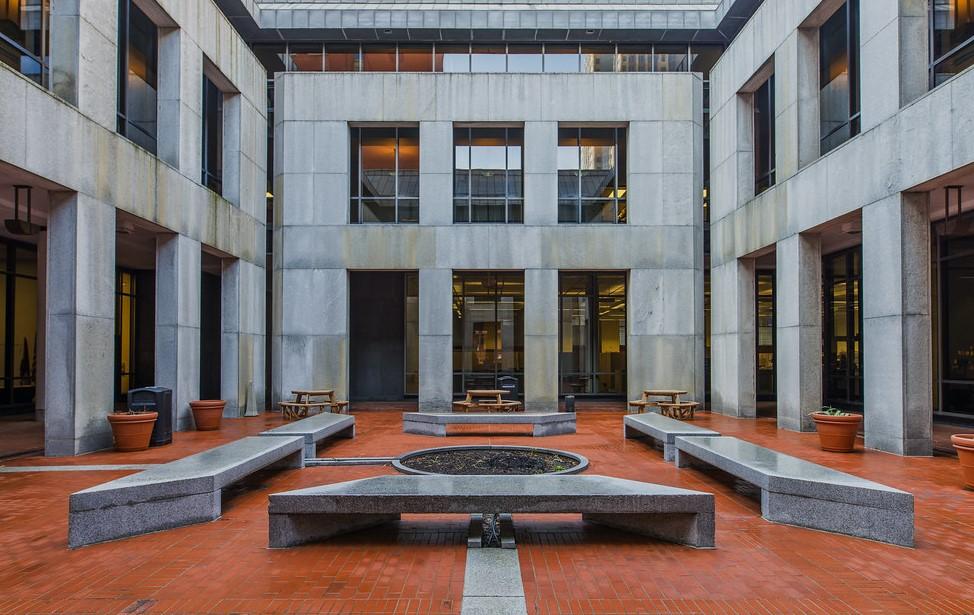
Architectural Legacy
The Wainwright Building's architectural legacy endures to this day. It remains a symbol of Louis Sullivan's innovative thinking and his profound influence on American architecture. As one of the pioneering skyscrapers, it laid the groundwork for the development of modern cityscapes and inspired subsequent generations of architects.
Sullivan's approach to terra cotta ornamentation and vertical design, exemplified by the Wainwright Building, contributed to a new architectural vocabulary that would redefine the urban environment. This influence is still visible in contemporary skyscrapers and commercial structures, as architects continue to explore the delicate balance between form and function.
The Wainwright Building's significance goes beyond its architectural innovations; it also serves as a reminder of the importance of preserving historic landmarks. In 1968, the building was designated as a National Historic Landmark, recognizing its enduring cultural and architectural value.
In conclusion, the Wainwright Building in St. Louis, Missouri, is a testament to the genius of Louis Sullivan, a visionary architect who reshaped the American architectural landscape. Its pioneering use of terra cotta ornamentation, vertical emphasis, and adherence to the principle "form follows function" make it an enduring symbol of architectural innovation. In the evolution of skyscraper design, the Wainwright Building stands as a pioneering milestone and a timeless source of inspiration for architects and enthusiasts of architecture and design.
Recently Published
loves or pursues or
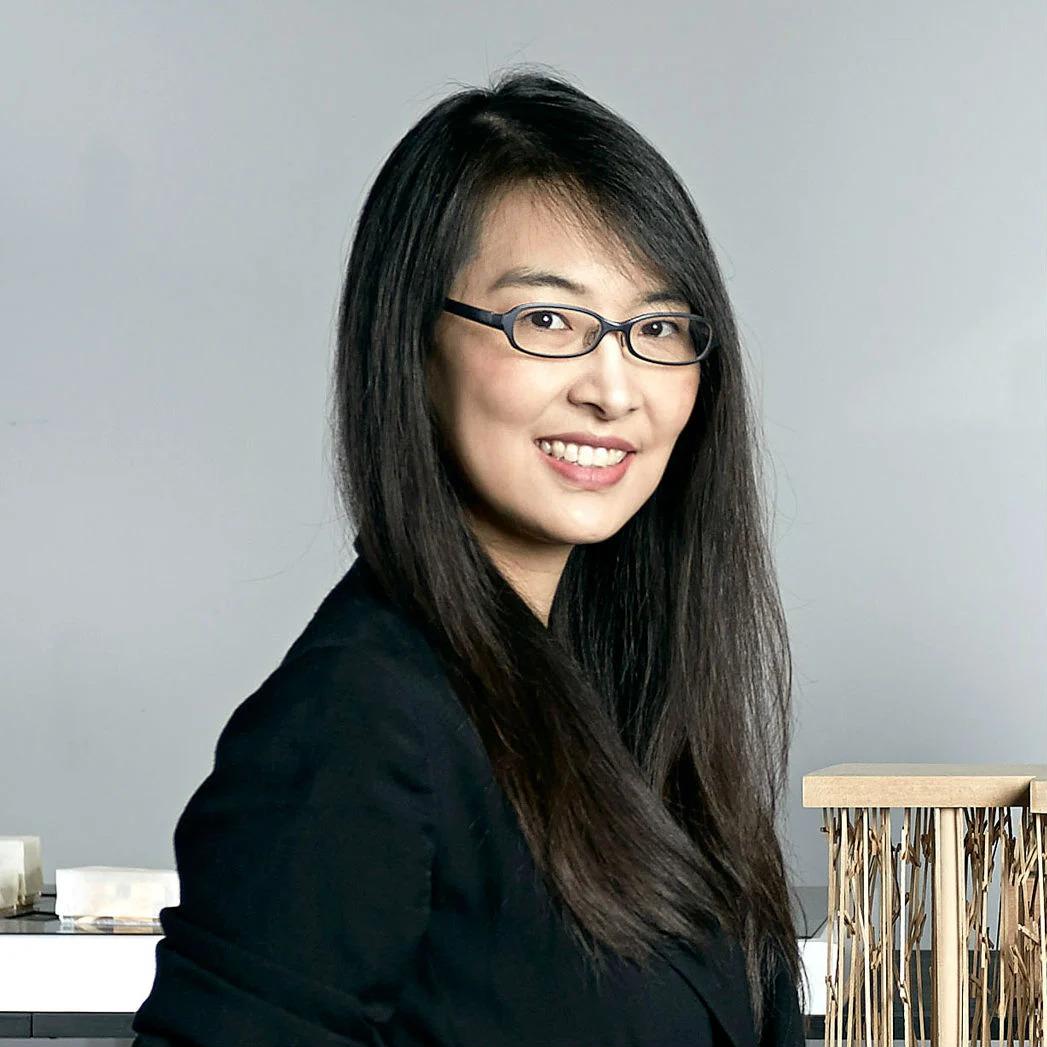
.jpg)


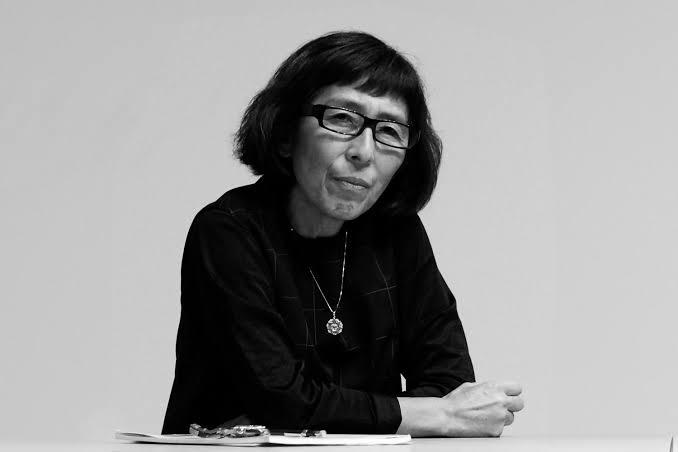
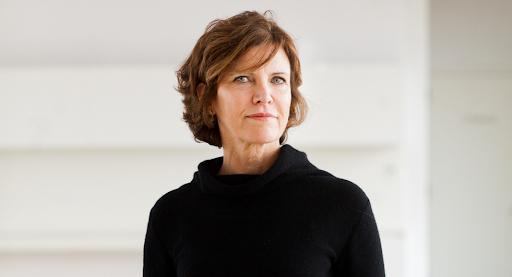


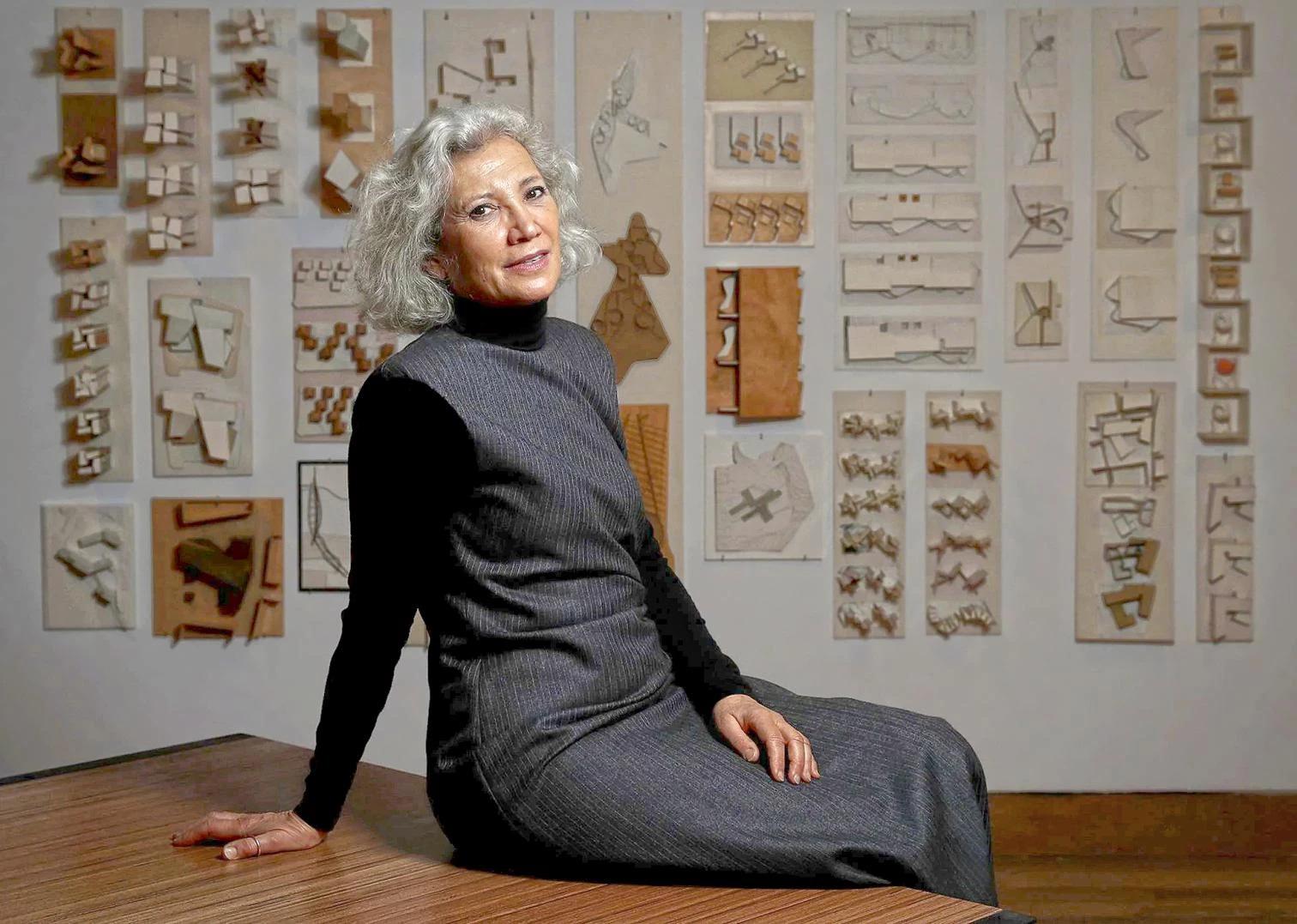
.jpg)